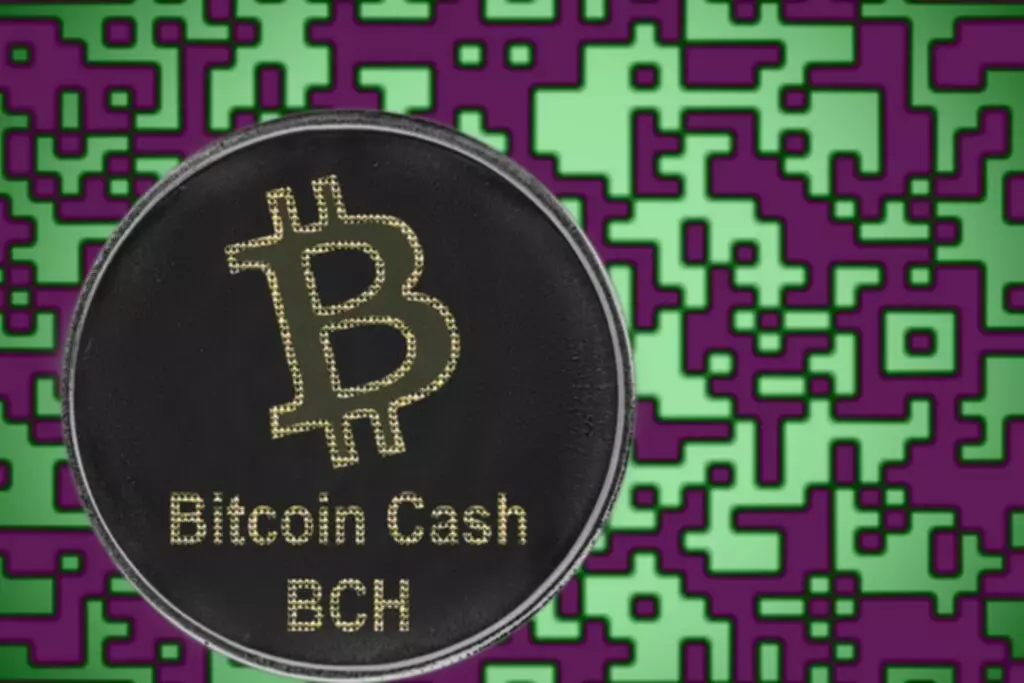Content
A stablecoin may be designed to maintain a fixed exchange rate of US$1, for example. When the demand for a stablecoin increases and its price rises above $1, the smart contract issues more tokens to bring the price down to $1. Conversely, when the price of a stablecoin slides below $1, the smart contract burns tokens to bring the price back up to $1. In a similar way, algorithmic stablecoins automatically mint new tokens and burn them frequently to maintain their dollar-pegged value.
However, this method is not recommended as it is impossible to verify that the security keys have been completely destroyed. Burning can also refer to the act of destroying tokens that are no longer needed. For example, when a company conducts a token sale, it may burn any unsold tokens. This increases the value of the remaining tokens by decreasing the supply. By regularly burning coins, a coin’s developers can help to ensure that there is not too much inflation and that the coin’s price remains stable.
Vitalik Buterin, co-founder of Ethereum, at TechCrunch Disrupt London, 2015. The young billionaire has burned trillions of Shiba Inu tokens. This intricate system was designed to avoid Ethereum’s previous first-price auction model that always favored users willing to pay high fees to confirm their transactions.

Algorithmic stablecoins are cryptocurrencies powered by algorithms and a coin burn and mint process that are designed to maintain a stable price. An on-chain algorithm controls the change in demand and supply of the two cryptocurrencies. Crypto projects primarily burn crypto for deflationary reasons. By reducing a token’s circulating supply, they create scarcity and the value of the token may rise as a result.
With almost two decades of experience in the fast-paced financial industry, Carla has established herself as a powerhouse and an innovative leader. No spam — just heaps of sweet content and industry updates in the crypto space. One way to accomplish this is to automatically burn a portion of each transaction fee. When the supply of the token falls they become more scarce, harder to get and that makes them more valuable. You may be asking yourself, “why would anyone want to throw away their crypto into a dead wallet that no one will ever use? Burning crypto came out of one of the older bull runs back in 2017 and has been getting a lot of talk lately especially with certain cryptocurrencies with super large supplies.
Related articles
By burning coins, holders can ensure that their private keys can never be compromised and their funds remain secure. There are a number of benefits that can come from coin burning. For one, it can help increase confidence in a project by demonstrating that the team is committed to reducing the token supply. This can positively impact the token’s price, as investors will be more likely to purchase tokens if they believe there is a limited supply. Token burns are becoming an increasingly popular way to add value to a cryptocurrency project.
However, even if developers are genuinely interested in their token, there’s no guarantee a token burn will increase demand. Crypto burning can’t save a digital token with poor fundamentals, zero utility, and an uncertain future. Crypto burning is often interpreted as a positive event in crypto, but it’s not necessarily a good feature. Just because a project has a burning mechanism doesn’t mean it’s destined to rise in value. If a cryptocurrency doesn’t have a clear vision, strong leaders, or robust technology, it’s unlikely a burning mechanism will help drive long-term demand. Initially, Binance used trading data on its central exchange to determine how many BNB to burn.
Famous Crypto Burnings
And it is another key example of how token burning can be utilised to control crypto value. One good example of this is Olympus DAO. It’s native currency OHM is managed by an algorithm that adjusts the circulating OHM supply to control the value of the token. If the price of OHM drops below a certain point the algorithm will automatically burn some of its supply to maintain price parity with DAI. Conversely, if the price exceeds this level, new tokens will be minted and added to the supply to stabilize the token value. This process called “rebasing” and is the foundation for a raft of stablecoin innovation in DeFi 2.0.
Some platforms might require you to choose your smart contract, click “write contract” and then access the burn function. Once you find the burn function, enter your token ID and click “write”. However, even if developers are genuinely interested in their token, there’s no guarantee a token burn will increase demand. The aim here is to reassure potential investors that the future supply of the token will continue to shrink, calming concerns of inflation or an overly diluted market. As a result, this practice can also add to the appeal of a token as a “store of value.” Burning tokens can be similar to a company buying back its shares.
What Does It Mean To Burn Crypto?
If the price of a barrel of crude oil falls because there is a surplus in supply and demand isn’t keeping pace, oil-producing nations restrict supply, causing prices to rise again. The same supply and demand dynamic is at work in the process of coin burning. The basic goal of coin burn is to control supply and thus maintain price stability. Demonetisation of money or share buy-backs are examples of similar processes. One of the most significant use cases for crypto burning is to keep algorithmic stablecoins actually stable. Stablecoins often burn tokens to maintain their dollar-pegged value.
Additionally, the decreasing supply might then lead to exponential price growth. If the project’s leaders can’t articulate why they’re adding token burning, there’s likely no good reason to introduce this feature. Hypothetically, if demand were to increase and tokens were also burned, this would cause the asset’s price to increase dramatically as the tokens are withdrawn from existence. The reason anyone would burn coins is to make the crypto more scarce, and thus more valuable.
- A coin burn usually acts as a deflationary mechanism, so most projects will use a smart contract to stabilize asset value and incentivize investors and traders to hold their coins.
- Cryptocurrency tokens are notorious for their volatile price swings.
- When tokens are sent to a burn address, they are effectively removed from circulation and can never be used again.
- This was due to the Chinese buying up Bitcoin when the Chinese government devalued their currency.
Miners receive rewards in the blockchain’s native cryptocurrency in exchange for their participation in the network. Coin burning keeps the network secure and helps it to run effeciently. The process of burning crypto https://xcritical.com/ involves the removal of tokens from circulation, which, in turn, reduces the number of coins in use. The burnt crypto is sent to a wallet address that no one can use for transactions other than receiving coins.
THE SMARTEST WAY TO SECURE YOUR CRYPTO
For example, Bitcoin has a fixed supply of around 21 Million; if the demand increases, the prices will increase too as there are limited supply of BTC. Burning tokens can happen for various reasons, and the NFT market has leveraged the process to create rewards for holders. For instance, when Yuga Labs first launched the Mutant Ape Yacht Club collection, the Web3 brand airdropped Mutant Serums to every Bored Ape holder to transform their apes into Mutant Apes.
When a token is burned, it’s sent to a crypto wallet that was created only to retrieve cryptocurrencies. These wallets are linked to burner addresses that don’t have private keys — also known as the “seed phrase” you need to access a wallet — and can never send cryptocurrencies sent to them. Tokens sent to these wallets take cryptocurrencies out of circulation forever. One of the few differences between PoB and PoS is that PoS involves holders staking their tokens held on the blockchain to have the chance to mine coins. There’s also the proof-of-work method, where blockchains have to rely on heavy computing power that consumes massive amounts of energy. With the possibility for users to earn crypto and have the value of it increase, burning crypto helps keep liquidity flowing for the long term.
Interestingly, Bitcoin’s supply will continue increasing until it reaches the 21 million threshold. More bitcoins are mined into circulation each day, but this rate gets cut in half every four years with a halving event. Despite the sharp reduction in daily issuance, Bitcoin is technically inflationary until it hits its max supply in 2140.
Burning to Promote Mining Balance
Crypto projects often use these burning techniques to make their tokens deflationary. Assuming the underlying crypto project is successful, token burning may artificially increase a token’s price. People use crypto burning for many reasons, but they all have something to do with the law of supply versus demand. Crypto burning directly impacts the number of tokens available for trading. Crypto burning is simply a process where users remove cryptocurrency from the blockchain.
Bitcoin: Why it is likely to become the most valuable thing in the world…
Most investors think that burning the coins will increase their value in the market; however, this has taken a turn since the Coin supply has reduced by over 50%. All told, the process of burning crypto can be a bit confusing on its face. If you’re interested in getting into the game, however, it’s a necessary one to understand when investing in certain assets. Boardroom breaks down the act of burning crypto assets and why the process is necessary for sustaining a token’s value on the blockchain. Cryptocurrency burning is often used as a marketing tactic to generate hype around a particular project or coin. By reducing the supply of tokens, investors are led to believe that the currency price will go up.
The coins sent to the wallet aren’t visible to the blockchain data. That is why it is not recommendable to burn your own tokens, as the coins remain irretrievable, and you end up throwing money in the air. Assuming the underlying crypto project is successful, token burning may artificially increase a token’s price.
Publicly traded companies would buy back stocks to reduce the number of shares in circulation at a given time. By doing this, the company increased the value of the shares while simultaneously increasing the company’s financial performance. Token burning is a tool that can be used by anyone who owns private keys for a given cryptocurrency. The reasons for wanting to burn tokens vary, though, as burning tokens could easily mean throwing away money if not used for the proper practical application.
How to Burn Cryptocurrency?
Proof-of-Stake is a cryptocurrency consensus mechanism used to confirm transactions and create new blocks through randomly selected validators. A consensus mechanism is a set of protocols that use multiple validators to agree that a transaction is valid. The amount of coins available in the digital currency market decreases when developers/miners burn the currencies. Let’s look at some key use cases for token burning, to get a better understanding of this dynamic in action. Coin Burn means intentionally burning or eliminating the coins representing them as useless/inapplicable; the Coins creators usually takes this decision. Coin Burn is a unique concept in the Crypto industry, and a wide range of coins and tokens have adopted it.


Leave a Reply